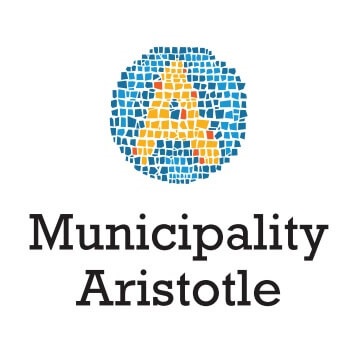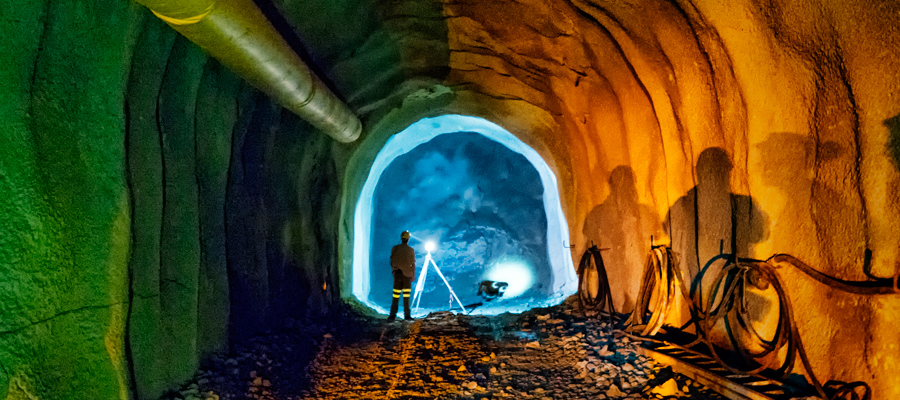Halkidiki is characterized by its significant historical and cultural wealth, which is deeply connected to mining activities in the region, specifically in the northeastern part, rich in mixed sulfide ores. It is also the area where mining activities began earlier than in other Roman provinces during the Roman Empire.
The Cassandra mines span a wider area of 200 square kilometers, between the villages of Olympiada, Stanos, Megali Panagia, and Ierissos. They include the sulfide ore deposits of Olympiada, Madem Lakko, Black Stones, the manganese-gold deposits of Piavitsa and Varvara, as well as the copper-gold deposit of Skouries, Megali Panagia.
The gold, silver, lead, zinc, copper, and manganese mines of northern Halkidiki (Stratoni and Olympiada) were the main financiers of the Macedonian kingdom and the campaigns of Alexander the Great.
Cornelius L. Sanguy, in his article “The Ancient Mining Works of Cassandra,” published in the journal Economic Geology, claims to have found coins of Philip and Alexander in the galleries of the Lipzada mines (Olympiada). Over 300 shafts and approximately 200,000 cubic meters of ancient metallurgical waste, the common “slag” from smelting ores, are preserved in the area. Based on historical sources and the results of direct and indirect analyses and determinations made on the slag, the beginning of mining activities dates back to the early Classical Antiquity.



